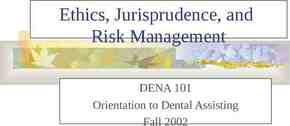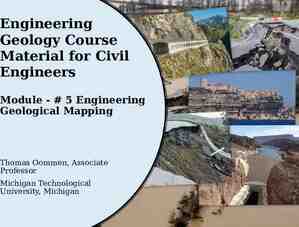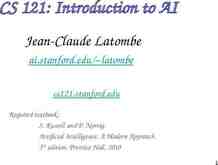The work of COPE (Committee on Publication Ethics) Mike
18 Slides70.00 KB

The work of COPE (Committee on Publication Ethics) Mike Farthing, editor, GUT Richard Horton, editor, Lancet Richard Smith, editor, BMJ Alex Williamson, publishing director, BMJ Publishing Group

What I want to talk about What is COPE? Why did it start? What are its aims? How has it done? Where now?

What is COPE? The Committee on Publication Ethics founded in 1977 A bunch of pals, who are editors and who help each other out with ethical problems An informal editors’ support group

Why did COPE start? A growing appreciation of problems around scientific integrity A series of high profile scandals The loneliness of editors The feeling that we needed to put our house in order We couldn’t wait for the establishment

What are the aims of COPE? To advise on cases brought by editors Publish an annual report Publish guidance on the ethics of publishing Promote research into publication ethics Offer teaching an training

How has COPE done? Aim 1: Advise editors on cases

COPE cases, 1997-2000 Not applicable Year No of cases Evidence of misconduct Probably no misconduct 1997 18 12 0 6 1998 34 30 2 2 1999 28 20 4 4 2000 23 18 5 0 Total 103 80 11 12

Problems dealt with by COPE Number of cases 103 Redundant publication Authorship 18 Falsification 15 No informed consent 11 Unethical Research 11 29

Problems dealt with by COPE Number of cases 103 No ethics committee approval 10 Fabrification 8 Editorial misconduct 7 Plagiarism 4 Undeclared conflict of interest 3

Problems dealt with by COPE Number of cases 103 Breach of confidentiality 3 Clinical misconduct 2 Attacks on whistleblowers 2 Reviewer misconduct 1 Deception 1

Problems dealt with by COPE Number of cases 103 Failure to publish Ethical questions 1 11

Case example: probable fraud on a massive scale Statistician would be happy to go to court to say that the data in a study submitted to a journal are fabricated Review of published work of the author suggests that around 30 papers published in international journals contain fabricated data Complaint made to national body

Case example: an unbelievable surgical series The surgeon has sutured the superficial temporal artery of 1200 patients with migraine. All are cured. No ethics committee approval. No clear diagnostic criteria. No controls. No evidence of consent. Complaint made to the head of the hospital. No action taken.

How has COPE done? Aim 2: Publish an annual report Two published, next one December 2000 Available: publicationethics.org.uk

How has COPE done? Aim 3: Produce a code of publication ethics Produced Circulated to around 100 editors Revised Accepted by 98 journals Available www.publicaitonethics.org.uk

How has COPE done? Aim 4: promote research into publication ethics Small progress Research is planned Is this research? Perhaps just about.

How has COPE done? Aim 5: Offer teaching and training in publication ethics Two seminars Many lectures

Where now for COPE? Formalise: constitution drafted Shame the British establishment into responding to research misconduct Expand Continue core activities More research and education






